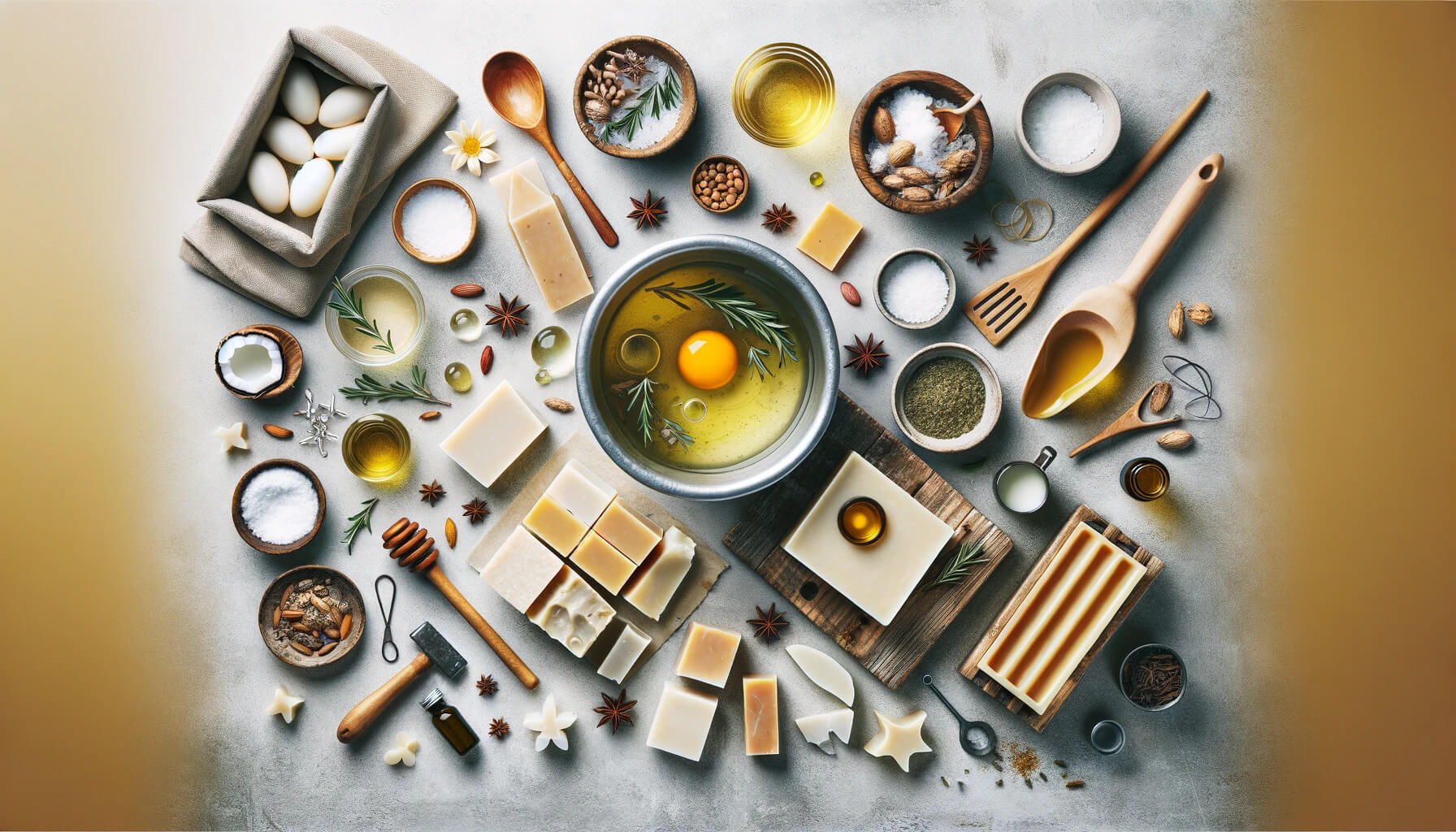Cold Process Soap Making

- The Art of Cold Process Soap Making: A Beginner’s Guide
- Understanding Cold Process Soap Making
- Safety First
- What You’ll Need
- The Basic Process
- Tips for Success
- Conclusion
The Art of Cold Process Soap Making: A Beginner’s Guide
In the world of handmade crafts, cold process soap making holds a special place. It’s not just about creating a cleaning product; it’s an art form that allows for endless creativity in scents, colors, and textures. Moreover, making your own soap ensures that you know exactly what’s going into it—ideal for those with sensitive skin or those looking to reduce their environmental footprint. If you’re intrigued by the idea of crafting your own bespoke bars of soap, you’ve come to the right place. This beginner’s guide will walk you through the basics of cold process soap making.
Understanding Cold Process Soap Making
Cold process soap making involves mixing oils (fats) with lye (sodium hydroxide) to initiate saponification, the chemical reaction that produces soap. Unlike hot process soap making, the cold process method does not require external heat. After mixing, the soap goes through a curing period, which can last 4-6 weeks. This method offers the soap maker complete control over the ingredients, making it a preferred technique for creating natural, skin-friendly soaps.
Safety First
Before diving into the soap making process, it’s crucial to discuss safety. Working with lye requires caution:
Wear Protective Gear: Always wear gloves, goggles, and long sleeves to protect your skin and eyes from lye burns.
Work in a Well-Ventilated Area: Lye can produce harmful fumes when mixed with water.
Never Pour Water into Lye: Always add lye to water to prevent a volatile reaction. Remember the adage: “Do as you ought, add the lye to the water, not the water to the lye.”
What You’ll Need
- Lye (Sodium Hydroxide)
- Distilled Water
- Oils/Fats: Common options include olive oil, coconut oil, and shea butter.
- Essential Oils or Fragrances (optional)
- Colorants (optional)
- Soap Molds
- Immersion Blender
- Safety Gear: Gloves, goggles, and protective clothing.
- Thermometer
- Scale
The Basic Process
Prepare Your Lye Solution Carefully measure the water and lye using your scale. Slowly add the lye to the water in a well-ventilated area, stirring gently until fully dissolved. The mixture will heat up significantly; set it aside to cool.
Measure and Heat Your Oils Weigh out your oils and fats, then gently heat them in a large pot until they’re completely melted and combined. Allow the oils to cool to the appropriate temperature, typically around 110°F to 130°F (43°C to 54°C).
Mixing Lye and Oils When both your lye solution and oils are within the recommended temperature range, slowly pour the lye solution into the oils while blending with an immersion blender. Continue blending until the mixture reaches “trace,” which means it’s thickened enough to leave a trace or mark when drizzled over the surface.
Additives Once trace is reached, you can add any desired essential oils, fragrances, colorants, or additives. Mix thoroughly to ensure even distribution.
Pour into Molds Carefully pour your soap mixture into molds. Tap the molds gently on the counter to remove any air bubbles.
Curing Cover the molds with plastic wrap and wrap them in towels to insulate. After 24-48 hours, unmold your soaps and cut them into bars if needed. Place the bars in a cool, dry area to cure for 4-6 weeks, turning them occasionally to ensure even drying.
Tips for Success
Research Before You Start: Understanding the properties of different oils can help you design a soap that meets your specific needs.
Keep Detailed Notes: Document your recipes and techniques to replicate your successes and learn from your mistakes.
Experiment: Don’t be afraid to try new combinations of oils, scents, and colors.
Conclusion
Cold process soap making is a rewarding craft that combines creativity with science. While it requires patience and respect for safety procedures, the result is a truly personal product that’s both useful and beautiful. Whether you’re making gifts, seeking a new hobby, or aspiring to start a small business, cold process soap making offers a fulfilling way to express your artistic side while producing something practical and enjoyable. Happy soaping!
